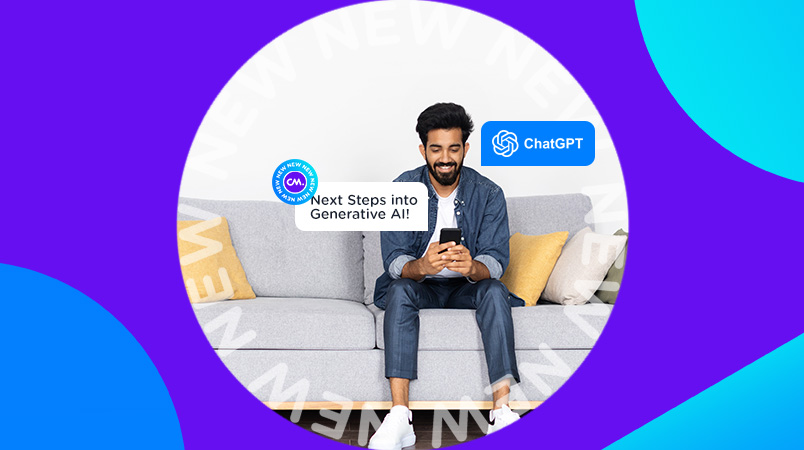Using an SLA doesn’t just benefit the client, it can also benefit your team by giving them a clear idea of your business's expectations. In customer service terms, that can be things such as the percentage of queries resolved within a specific time period, or the times when service will not be provided, such as at weekends or bank holidays.
Why use customer service SLAs
Customer service SLAs offer a number of benefits, both for organisations and for their customers:
Increased customer satisfaction
With fast response times and efficient resolutions to issues, customer satisfaction is improved and business reputation is safeguarded.
Boost the efficiency and productivity of your customer service agents
Clear priorities and expectations allow your agents to focus on delivering excellent customer service and hitting specific targets.
Maximise ROI and conversions
When customer service agents are able to manage queries more effectively, they can ensure they’re getting back to customers within the ‘impulse buy’ window and spend time guiding customers to their perfect product or service.
Implementing customer service SLAs
There’s no one-size-fits-all solution for customer service SLAs. For example, the response time expected via social media or messaging channels such as Facebook or WhatsApp will be entirely different to the response time required for email.
Knowing which channels demand the fastest response times is key to creating an SLA that delivers real benefit to the client or customer.
While expected service times will vary by channel, Microsoft research suggests that 37% of global respondents across all social media channels expect a response within the same day, 28% within one hour, and 18% expect an immediate response.
In the same research, the most popular social media channels for customer service (as of 2019) were:
Facebook – 26%
YouTube – 12%
Instagram – 11%
Twitter – 10%
LinkedIn – 4%
Incredibly, 61% of respondents said they hadn’t used any of these channels for customer service, although that fell to 34% within the 18-34 age group.
Naturally, this will vary from industry to industry, so knowing your (or your clients’) audience will be crucial to setting up a workable SLA. Take the time to analyse the current split of customer service effort channel-by-channel, rather than using a templated SLA from another client. The extra time taken will pay dividends in the future.
Most important of all is transparency. Open and honest communication with clients is crucial to manage customer expectations. Equally, being clear about what falls outside of your SLA is important. However, in the spirit of presenting people with solutions not problems, presenting some out-of-hours options to clients will sugar the pill. Simple solutions, like auto-replies on email and WhatsApp or more sophisticated options, such as Chatbots, will fill in the holes in your SLA and, in the case of chatbots, can also generate extra revenue outside of it.
Ensuring you hit your SLA
Creating sound internal processes to ensure you fulfil your SLAs is essential. It’s easy to over-deliver, particularly in the early stages of a contract and that can cause issues further down the line.
Technology can help to manage your agents’ time and allow them to manage their inbox availability; set service hours within the organisation that automatically set agents ‘offline’; reroute conversations to different teams outside service hours; and manage agents workloads by automatically routing conversations to ‘open’ agents who have a lighter workload at a given time. Our Mobile Service Cloud solution allows you to set and manage SLAs on a client-by-client basis.
Prioritising conversations based on your SLA
Your SLA should drive the types of conversations you react to first. The most urgent conversations on the most reactive channels are the ones that should be tackled first but with myriad open channels per brand, it’s imperative that you have a holistic view of the conversational landscape. An omnichannel inbox allows you to see all of those conversations in one place and prioritise them accordingly. Better still, Mobile Service Cloud automatically prioritises conversations based on your SLA and gives feedback when SLA terms are close to being broken.
Review and improve SLAs
Allied to SLA-monitoring, you can set metrics and review stats based on current performance to assess whether your SLA is realistic. An SLA shouldn’t be a ‘once and done’ proposition; it needs to be reviewed regularly to ensure it’s delivering value for both supplier and customer. Equally, if SLAs are being over- or under-delivered upon, regular reviews of performance can stop either situation becoming a larger, potentially business-relationship-ending problem.
Customer success story: Revolution Beauty
Revolution Beauty’s customer service team had a backlog of around 2,000 messages they needed to clear but the sheer volume of enquiries they were getting day-to-day meant it was impossible to get on top of.
After implementing Mobile Service Cloud, they slashed the backlog to zero within 14 days and customer service agents now handle approximately 15 messages per hour each. Mobile Service Cloud gives agents the ability to snooze less urgent messages and set reminders when they become due. Now nothing gets missed, agents are more productive, and customer feedback and data gathered from their customer service system help them continually improve their customer experience.
Find out more about the tools in our Mobile Service Cloud solution, which includes an omnichannel inbox, SLA management tools, and an Agent Inbox for internal communication. Get in touch with one of our team to discuss how we can help your business benefit from our SLA-driven customer service tools.








